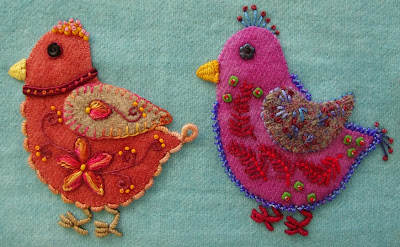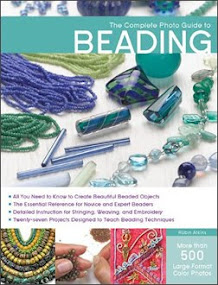Last week, while in the Portland (Oregon) area, I spent a day driving east along the Columbia River Gorge. Icy, windy, and cold, yet fabulously beautiful, I enjoyed every minute, both in and out of my car. You can see more of my scenic photos of the day here.
 |
| Multnomah Falls, Columbia River Gorge, Nov. 2014 |
 | |
| Virtual Reality Photo by Jim Cole - Rosary Collection, Housed at the Columbia Gorge Interpretive Center Museum |
Here are a few of the photos I took of the collection:
And now, finally, we get to the meat of this post! The word rosary... where did it come from? According to the online Etymology Dictionary, the word rosary dates to the mid 15th Century, and is derived from the Latin words rosarius, meaning "of roses" and rosarium, meaning "rose garden."
But wait, there's more to the story! In Medieval times, monasteries and castles had formal rose gardens, which provided baskets full of fresh rose petals from which to make beads for strands of prayer beads used by Monks and Noblemen. Of roses... the beads were made of roses, hence the term rosary, which over time was applied to most prayer strands (particularly those used by Catholics) made from any type of beads.
A museum curator at a small natural history museum in Hungary, once showed me a 300-year-old rosary, the beads made from rose petals. "Cup it in your hands for a minute," she said, "and then smell it." WOW! After 300 years, it had the delicate fragrance of roses!
Rose-petal-beads don't look like much. They are matte black, imperfectly shaped, and a little bumpy or lumpy. Yet, in addition to their beautiful aroma, they have great character and charm.
The Don Brown collection includes several rose-petal-bead rosaries, most of which are toward the back of the display pegs. However, I'm willing to bet that the beads of the forward rosary on peg number 159 are made of rose petals.
How to Make Rose Petal Beads
YOU can make your own beads of rose petals! Collect a large basket full of fresh, dry (no mist or rain moisture) petals (early in the morning, when they are the most fresh). Mash the petals into a thick paste, using a mortar and pestle, or try grinding them in a meat grinder or food processor. The paste will be black. Allow excess moisture to evaporate for a few days if necessary, stirring several times a day. The natural rose fragrance may be enhanced with essential oil of rose.Form the paste into bead-shaped balls. Side the newly formed balls onto a straight piece of stainless steel wire (piano wire, or similar). Place a row of balls on the wire, leaving a 1/4 inch space between each bead. Place the wire from side-to-side on the rim of a baking pan, and allow the beads to air-dry. The drying process can take weeks, depending on the humidity and room temperature. Turn the beads daily on the wire to prevent them from permanently adhering to it. Do not hasten drying by placing in an oven or direct sunlight, as they will dry on the outside and remain soft on the inside.
If there is absolutely no "give" when you squeeze them, the beads are ready to take off the wire and string. When properly dried, the beads are very hard and durable. Here is an on-line tutorial about making rose-petal-beads, a bit different than the way I've made them (described above), and very informative.
Other Exhibits at the Columbia Gorge Interpretive Center Museum
Although my intent was to view the rosary collection and then get on my way, I could not help but take some extra minutes to see the Native American Beadwork/baskets and Vintage Quilt exhibits. |
| Feathered Star, c.1869, hand pieced and quilted, triangles are about 1/2" high |
 |
| Feathered Star, detail |
 |
| Embroidered Quilt, c. 1880, over 400 squares (3" each), wildflower designs embroidered with wool thread |
 |
| Embroidered Quilt, detail showing wool thread embroidery on 3" wool fabric blocks |
 |
| 1921 Mack AC Log Truck - It Still Runs! |



































